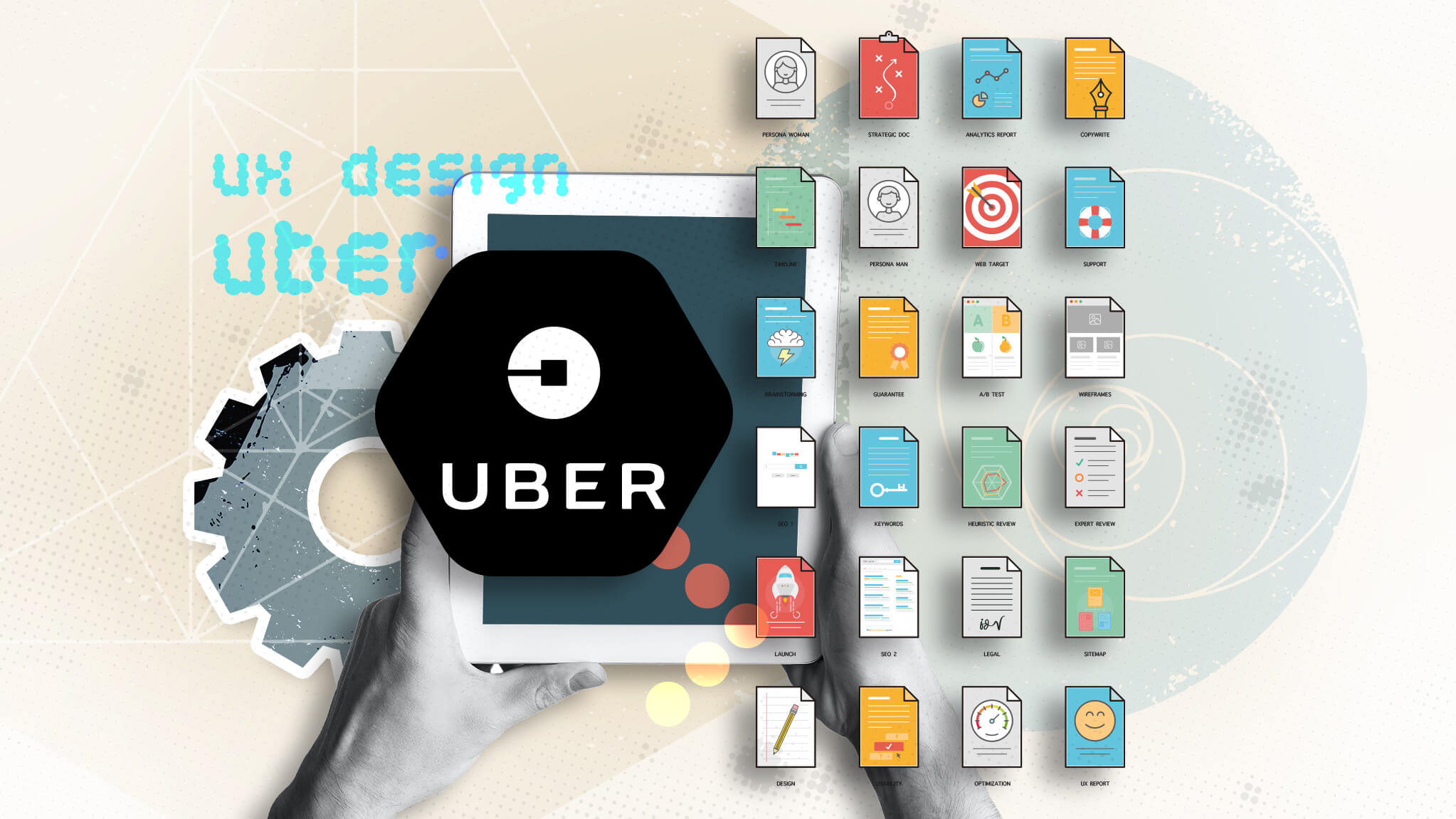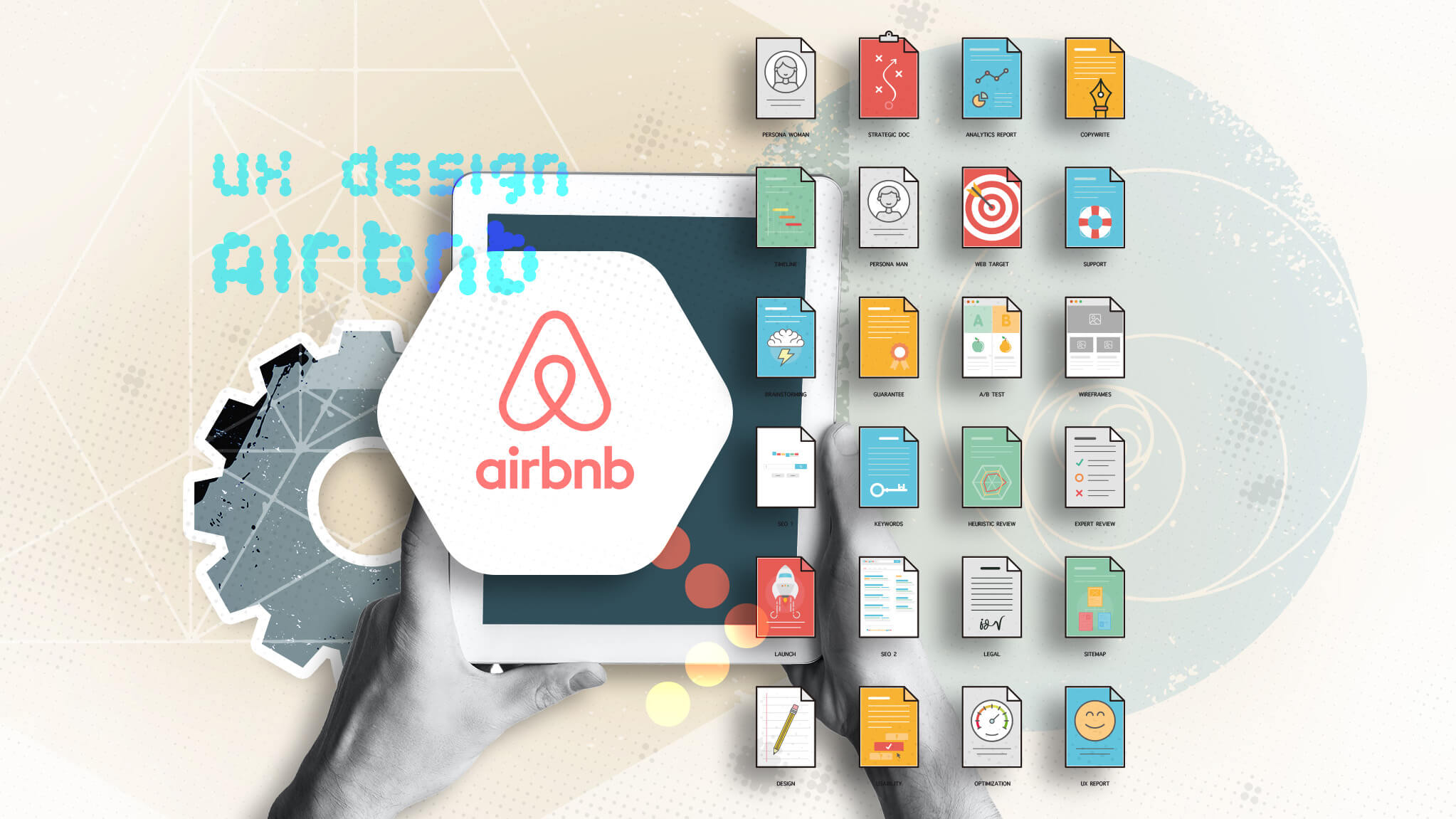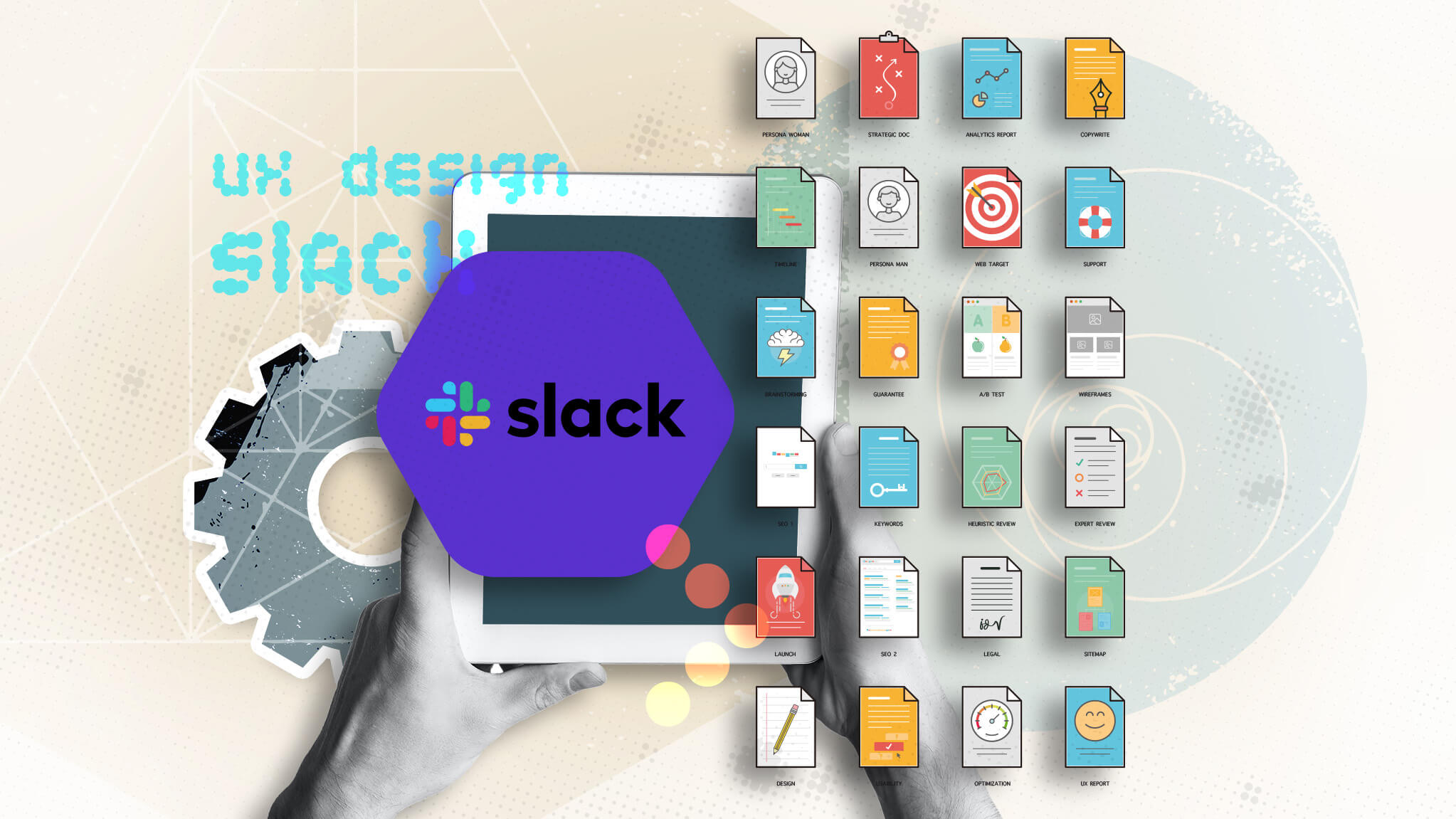When it comes to designing a website or an app, many people focus solely on making it look good. While aesthetics are important, they are not the only thing that matters. User experience (UX) design is equally essential and can significantly impact the success of your digital product. In this article, we'll explore the importance of UX design and provide five examples that explain why.
Why is UX Design Important?
User experience (UX) design is critical to any product or service interacting with users. It involves creating a seamless, intuitive, and enjoyable experience for the user while they interact with a product, website, or application. A great user experience keeps customers happy and engaged and can lead to higher revenue and improved customer retention. In today's digital world, where users have numerous options, UX design has become more critical than ever before. Here are some key touchpoints that explain why UX design is so important.
- User Satisfaction: UX design is all about creating a seamless experience for the user. When a website or an app is easy to use and navigate, users are more likely to feel satisfied with their experience. On the other hand, if a product is difficult to use or confusing, users are likely to feel frustrated and may even abandon the product altogether.
- Customer Experience: A good user experience is critical to supporting a good brand experience. Suppose users have a positive experience with a digital product. In that case, they are more likely to have a positive impression of the brand that created it. In contrast, a poor user experience can harm a brand's reputation.
- Increased Engagement: A well-designed product can increase user engagement. When users find a website or an app easy to use and enjoyable, they are more likely to spend more time on it. This increased engagement can lead to more conversions and revenue.
- Better Conversion Rates: UX design can significantly impact conversion rates. When a product is easy to use and navigate, users are more likely to take the desired action, such as purchasing or filling out a form.
- Cost Savings: Finally, UX design can lead to cost savings. Companies can save money on customer service and support by creating a product that is easy to use and requires less customer support.
Over the years, many companies have demonstrated success in UX design and, incidentally, have reaped the rewards—here are our five favorite examples.
- Amazon: Amazon is known for its excellent user experience. The website is easy to navigate, and the checkout process is seamless. As a result, Amazon has become one of the most successful online retailers in the world.
- Uber: Uber has revolutionized the transportation industry with its app. The app is easy to use and makes it simple to order a ride. Uber's success is largely due to its excellent user experience.
- Dropbox: Dropbox is a cloud storage service that has become incredibly popular. Dropbox's success is partly due to its easy-to-use interface, which makes storing and sharing files simple.
- Airbnb: Airbnb has disrupted the travel industry with its website and app. The website is easy to use, and the booking process is seamless. As a result, Airbnb has become one of the most popular ways to book travel accommodations.
- Slack: Slack is a messaging platform widely adopted in the business world. The success of Slack is due in part to its easy-to-use interface, which makes it simple to communicate with colleagues and clients.
Let's look at these companies in more detail to learn what wasn't working and how they made improvements.
1. Amazon
If you're wondering why UX design is important, look no further than Amazon. Amazon has always been known for its focus on providing a meaningful user experience and its efforts to improve its user experience continuously. One of the fundamental ways that Amazon has improved its UX is by constantly listening to its customers and making changes based on their feedback. For example, Amazon regularly conducts usability testing to understand how customers interact with its website and identify areas for improvement. Over the years, Amazon has made many UX improvements that have contributed to its success.
Some of Amazon's notable UX improvements include:
- Personalized Recommendations: Amazon's recommendation system is one of its most notable UX features. By analyzing customers' purchase history and browsing behavior, Amazon can recommend products likely to interest them. This feature not only improves the user experience by making it easier for customers to find what they're looking for, but it also drives sales and revenue.
- Easy Checkout Process: Amazon has always prioritized making the checkout process as seamless as possible. Over the years, the company has made a myriad of changes to its checkout process, such as adding one-click purchasing and allowing customers to save multiple shipping addresses. These changes have made it easier and faster for customers to complete their purchases, increasing conversions and revenue.
- Fast and Reliable Delivery: Amazon's Prime membership program has been a game-changer in terms of improving the user experience. With free two-day shipping and same-day delivery in some areas, Amazon has set a new standard for online retailers. By making delivery fast and reliable, Amazon has made it easier for customers to shop with them and has earned their loyalty as a result.
- Mobile Optimization: As more and more customers use their mobile devices to shop online, Amazon has prioritized mobile optimization. The company has made numerous assorted changes to its mobile app and mobile website to make them more user-friendly, such as adding features like voice search and one-click purchasing.
All of these improvements have contributed to Amazon's ongoing success. For example, Amazon's personalized recommendation system has driven up to 35% of its total revenue, according to a 2013 report by McKinsey & Company. Additionally, Amazon's focus on making the checkout process as seamless as possible has resulted in a conversion rate of over 70%, significantly higher than the industry average.
In addition to these past improvements, Amazon continues investing in UX to create seamless user experiences. For example, the company is experimenting with new checkout technologies, such as its Amazon Go stores, which use sensors and computer vision to allow customers to check out without going through a traditional checkout process. By continuing to innovate and improve its UX, Amazon will likely remain a leader in the ecommerce industry for years to come.
2. Uber
When Uber launched in 2010, it disrupted the taxi industry with its innovative approach to transportation. However, Uber's early user experience was not without its flaws. Customers often experienced long wait times, unclear pricing, and a confusing interface. In response, Uber made a slew of improvements to its UX that have helped it become one of the most popular ride-hailing apps in the world.
Some of the key improvements Uber has made to its UX include:
- Clear and Transparent Pricing: Uber's early pricing model was often confusing for customers, with surge pricing and other factors making it difficult to know how much a ride would cost. In response, Uber introduced upfront pricing, which shows customers the exact cost of their ride before they book. This has made it easier for customers to budget for their rides and has improved the user experience.
- Faster Pickups: In its early days, Uber was known for its long wait times, sometimes up to 20 minutes or more. To address this, Uber introduced a number of features that help drivers locate customers more quickly and efficiently, such as GPS tracking and in-app messaging. The improvements have helped to reduce wait times and improve the overall user experience.
- Personalization: Like Amazon, Uber has invested heavily in personalized recommendations and features that make the app more user-friendly. For example, Uber allows customers to save their favorite destinations and payment methods, making it faster and easier to book a ride. The company has also introduced features like UberPool, which allows customers to share rides with others traveling in the same direction, reducing costs and improving the user experience.
- Seamless Payment: Uber has always prioritized making the payment process seamless. The company was one of the first to introduce mobile payments, allowing customers to pay for their rides with a few taps on their smartphones. Uber has also introduced many other payment options, such as cash and Venmo, making it easier for customers to pay for their rides in a way that works for them.
By adopting a user-centric mindset, these improvements have significantly impacted Uber's customer retention and revenue. For example, a study by J.D. Power found that customer satisfaction with Uber increased by 22 points between 2017 and 2018, thanks in part to improvements in the app's user experience. Additionally, a study by the University of California, Berkeley found that Uber's introduction of upfront pricing increased customer retention by 3.8%.
In addition to these past improvements, Uber continues investing in UX to remain user-friendly. For example, the company is experimenting with new features that make it easier for customers to communicate with their drivers and get the information they need in real-time. By continuing to innovate and improve its UX, Uber will likely remain a leader in the ride-hailing industry for years to come.
3. Dropbox
Dropbox is a cloud-based storage platform allowing users to store and share files with others. When Dropbox launched in 2007, it was a revolutionary tool that solved a central pain point for users who struggled with sending large files via email. However, Dropbox's early user experience was not without its flaws. Customers often found the platform difficult to navigate and confusing to use. In response, Dropbox made several improvements to its UX that have helped it become one of the most popular file-sharing platforms in the world.
Some of the key improvements Dropbox has made to its UX include:
- Simplified Navigation: Dropbox's early navigation was often confusing for users, with many different menus and options to choose from. To address this, Dropbox introduced a more streamlined navigation system that makes it easier for users to find what they need. This has improved the overall user experience and made the platform more user-friendly.
- Improved File Sharing: Dropbox's early file-sharing capabilities were also limited, with users often struggling to share files with others. In response, Dropbox introduced several new features that make it easier for users to share files with others, such as shared folders and link sharing. These features have made it easier for users to collaborate and work together, improving the user experience.
- Mobile Optimization: Like many other companies, Dropbox has invested heavily in mobile optimization, recognizing that many users access the platform via mobile devices. The company has introduced a number of mobile-specific features that make it easier for users to access their files on the go, such as offline access and automatic camera uploads.
- Personalization: Dropbox has also introduced many personalized features that make the platform more user-friendly. For example, Dropbox allows users to customize their homepage with their favorite files and folders, making accessing the content they need faster and easier.
These improvements have had a significant impact on Dropbox's customer acquisition. For example, a study by Forrester Research found that Dropbox's improvements to its UX resulted in a 43% increase in customer acquisition. Additionally, Dropbox has seen strong growth in its user base, with over 700 million registered users as of 2021.
In addition to these past improvements, Dropbox continues investing in UX to remain user-friendly. For example, the company is experimenting with new features that make it easier for users to collaborate and work together in real time. By continuing to innovate and improve its UX, Dropbox will likely remain a popular file-sharing platform for years.
4. Airbnb
Airbnb is a platform that connects travelers with hosts who offer unique and affordable accommodations worldwide. When Airbnb first launched in 2008, it quickly gained a following of users who appreciated the platform's unique approach to travel. However, Airbnb's early user experience was not without its flaws. Customers often found searching for and booking accommodations challenging, leading to frustration and lost bookings. In response, Airbnb made several improvements to its UX that have helped it become one of the world's most popular travel booking platforms.
Some of the critical UX improvements Airbnb has made include:
- Enhanced Search Functionality: Airbnb recognized that its search functionality was critical to the platform's success. Hence, it invested heavily in improving it. The company introduced several new search filters and sorting options, making it easier for users to find the perfect accommodation. Additionally, Airbnb's search algorithm improved to deliver more relevant and personalized search results.
- Streamlined Booking Process: Airbnb's early booking process was often cumbersome and confusing for users, leading to lost bookings. To address this, Airbnb introduced a more streamlined booking process that makes it easier for users to complete their bookings quickly and easily. Those improvements streamlined the overall user experience and reduced the number of abandoned bookings.
- Personalization: Airbnb has also invested in personalized features that make the platform more user-friendly. For example, Airbnb allows users to save their favorite accommodations and receive personalized recommendations based on past searches and bookings.
- Mobile Optimization: Like many other companies, Airbnb has recognized the importance of mobile optimization and has introduced many mobile-specific features that make it easier for users to search for and book accommodations on the go.
Targeting user personas, these improvements have significantly impacted Airbnb's customer retention and revenue. For example, a study by UserTesting found that Airbnb's improved UX resulted in a 30% increase in user retention. Additionally, Airbnb has seen strong growth in its revenue, with revenue increasing by 25% in 2019 alone.
In addition to these past improvements, Airbnb continues investing in UX to remain user-friendly. For example, the company is experimenting with new features that make it easier for hosts to manage their listings and communicate with guests. By continuing to innovate and improve its UX, Airbnb has maintained its status as a popular travel booking platform.
5. Slack
Slack is a communication platform that allows teams to collaborate and communicate in real time. When Slack first launched in 2013, it quickly gained popularity among tech startups and other companies looking for a better way to communicate with their teams. However, Slack's early UX was not without its flaws, and the company made many improvements over the years to improve the user experience.
Some of the key improvements Slack has made to its UX include:
- Simplified Navigation: Slack recognized that its users were often overwhelmed by the number of channels, messages, and notifications they received. To address this, Slack introduced a simplified navigation system that made it easier for users to find what they needed. This included features like custom channels and the ability to search for specific messages.
- Enhanced Integration: Slack has also invested in improving its integration with other tools that teams use. For example, Slack allows users to integrate with tools like Google Drive, Trello, and GitHub, making it easier for teams to collaborate across different platforms.
- Improved Mobile Experience: Slack has also recognized the importance of mobile optimization and has introduced some mobile-specific features that make it easier for users to communicate on the go.
- Advanced Features: Slack has also introduced some advanced features that allow teams to collaborate more effectively. For example, Slack introduced the ability to make voice and video calls directly within the app, making it easier for teams to communicate in real time.
These user experience design efforts have significantly impacted Slack's customer retention and its popularity as the number one business communication tool. For example, a survey by The Manifest found that 43% of employees use Slack for work-related communication, making it the most popular business communication tool. Additionally, Slack has seen strong growth in its revenue, with revenue increasing by 57% in 2019 alone.
In addition to these past improvements, Slack continues investing in UX to remain user-friendly. For example, the company is experimenting with new features that make it easier for teams to collaborate on projects and manage their workflow. By continuing to innovate and improve its UX, Slack will likely remain the go-to tool for business communication for years to come.
Why is UX design important? UX design is critical to the success of digital products. By creating a seamless experience for users, companies can increase customer satisfaction, engagement, and conversion rates. Additionally, a good user experience can positively impact a brand's reputation and lead to cost savings. The success of companies like Amazon, Uber, Dropbox, Airbnb, and Slack is primarily due to their excellent user experience.
Sources:
-
Amazon revenue:
https://www.statista.com/statistics/266282/annual-net-revenue-of-amazoncom/ -
Amazon Prime membership:
https://www.statista.com/statistics/476976/number-of-amazon-prime-paying-members/ -
Uber customer retention:
https://blog.hubspot.com/marketing/customer-retention-strategies -
Slack revenue:
https://www.statista.com/statistics/790367/slack-quarterly-revenue/ -
Slack usage:
https://www.demandsage.com/slack-statistics/





